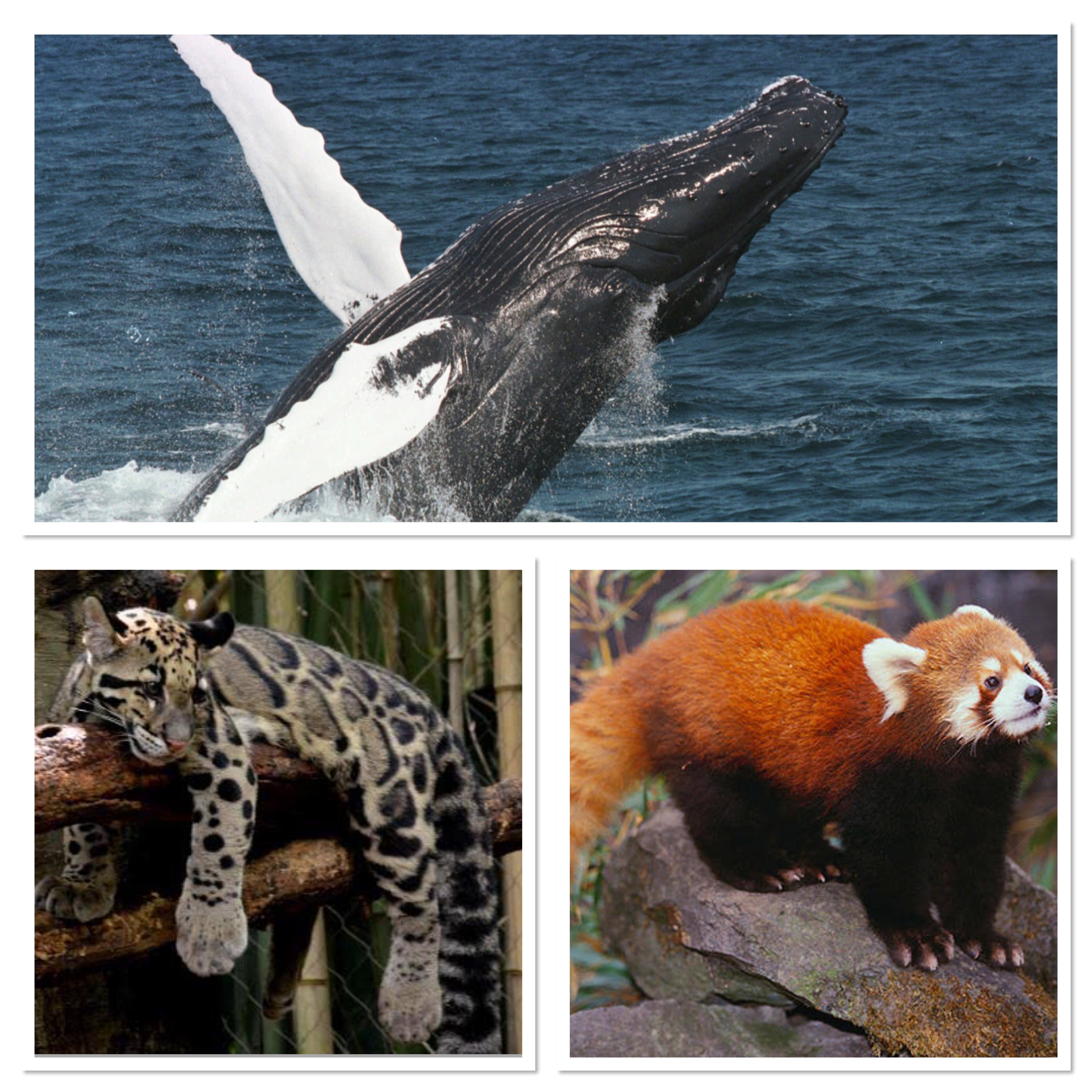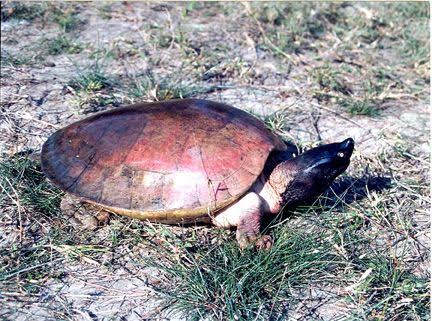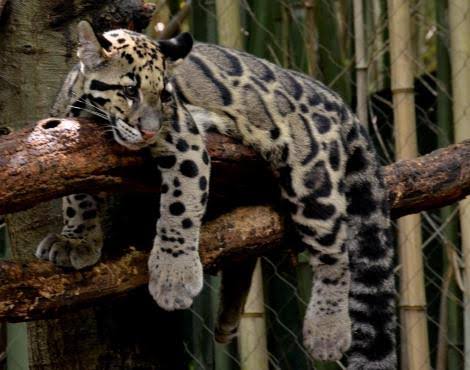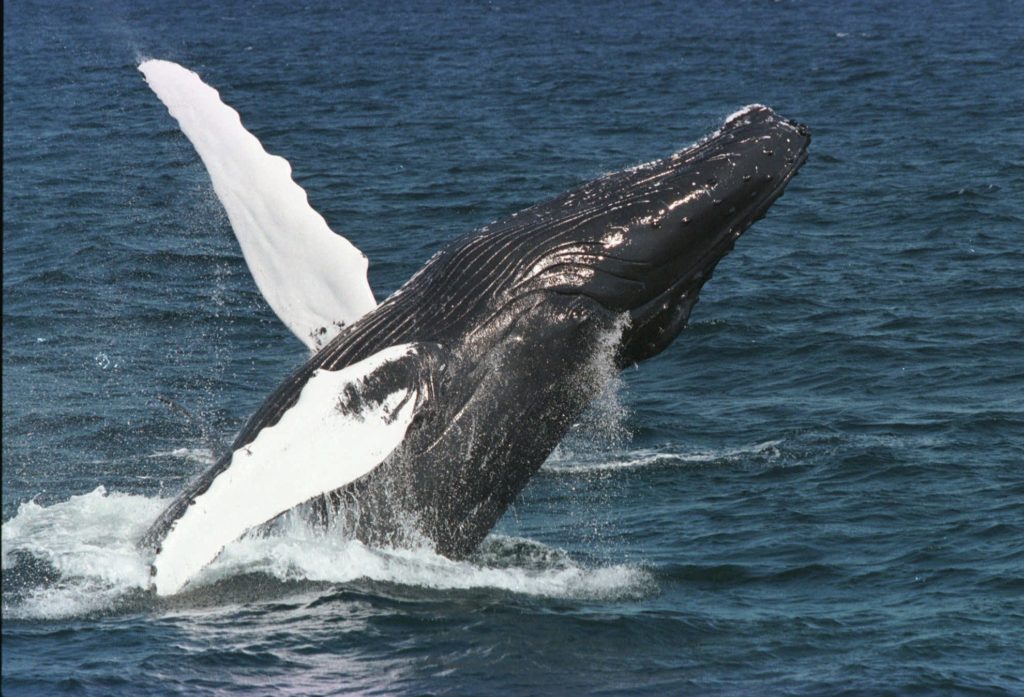- BY tictac
- POSTED IN Jungle News
- WITH 0 COMMENTS
- PERMALINK
- STANDARD POST TYPE

India has identified four more ailing wildlife species—Northern river terrapin (Batagur Baska) Clouded Leopard, Red Panda and Arabian Sea Humpback Whale — that need immediate intervention for conservation.
Enlisted in Schedule-I of the Wild Life (Protection) Act, 1972 which accords them the highest degree of protection, these four endangered species have now been brought under the Centre’ s flagship ‘Integrated Development of Wildlife Habitats’ wherein focused and holistic measures will be undertaken to protect and re-populate them.
With this, the list of endangered species being conserved under the programme has grown to 21. Presently, Snow Leopard, Bustard (including Floricans), Dolphin, Hangul, Nilgiri Tahr, Marine Turtles, Dugongs, Edible Nest Swiftlet, Asian Wild Buffalo, Nicobar Megapode, Manipur Brow-antlered Deer, Vultures, Malabar Civet, Indian Rhinoceros, Asiatic Lion, Swamp Deer and Jerdon’s Courser are being recovered under the programme.
Sources in the Union Environment Ministry said that a decision to include the four species was taken at a meeting of the National Board of Wildlife (NBWL) held recently following demand from the respective States.
For instance, said the sources, the Chief Wildlife Warden, West Bengal had suggested for inclusion of Batagur Baska under the list of species for taking up focused recovery programme.
Batagur Baska or Northern River Terrapin is a species of riverine turtles found in the rivers of Eastern India. The species is also listed in Appendix I of the CITES. It is one of the world’s most endangered turtles – classified as critically endangered by the International Union for Conservation of Nature ( IUCN) in its Red List of threatened species. Earlier, it used to be found in the river mouths of Odisha and the Sunderbans. However, now fewer than 50 adults remain, in four captive locations around the world including Sunderbans.
Widely exploited for illegal trade across the Indian borders, especially for its meat and carapace, it is facing habitat loss and degradation due to sand mining, dam construction, and pollution. To date no active nesting locations have been found in the wild, but the presence of the occasional juvenile in Bangladesh suggests that there some breeding still occurs in the wild.
Bengal Forest Department has initiated a hatchery and captive breeding project at Sajnekhali in Sundarbans Tiger Reserve.

Found in the Himalayan foothills, Clouded Leopard (Neofelis nebulosa) is a solitary and nocturnal animal and is losing its ground to habitat loss, poaching for their skin and also for live pet trade. The IUCN has categorised the species as ‘Vulnerable’ and indicates a ‘declining’ trend in its population, as per its Red List assessment of 2016. The Clouded leopard is listed in Schedule-I of the Wild Life (Protection) Act, 1972 and in Appendix I of CITES.

Similarly, Red Panda (Ailurus fulgens) which is endemic to forests of Sikkim, West Bengal and Arunachal Pradesh is facing threat as it is killed for its meat, medicine, pelts and pets. The major threats are habitat loss and fragmentation; habitat degradation; and physical threats.. The IUCN has categorised Red Panda as ‘Endangered’ and as per their Red List assessment of 2015, the population trend of the species has been indicated a ‘decreasing’.

Another species that has been included in the recovery programme is Arabian Sea Humpback Whale (Megaptera novaeangliae). It is found in the major oceans. International studies on the whales have indicated that the species migrates from the Oman coast through the Arabian sea, along the Indian coasts till the Sri Lankan coast. Accidental entanglements in fishing gears, ship strikes, seismic exploration have threatened the existence of this animal.

The Centrally Sponsored Scheme — ‘Integrated Development of Wildlife Habitats’ has three components namely support to protected areas (national parks, wildlife sanctuaries, conservation reserves and community reserves), protection of wildlife outside the protected areas and recovery programmes for critically endangered species which is for undertaking the recovery of critically endangered species in the country.

